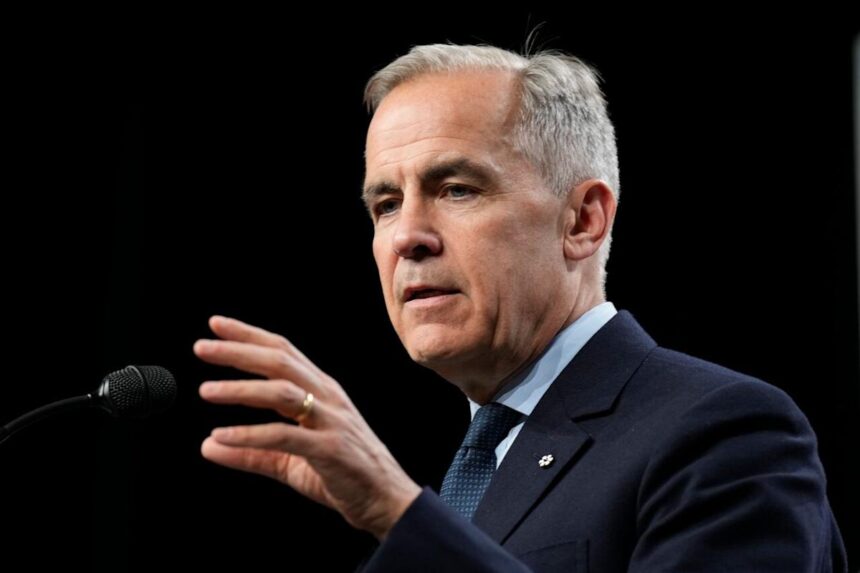In a decisive move to protect Canadian steelmakers from the ripple effects of American trade policies, Deputy Prime Minister Chrystia Freeland announced sweeping import restrictions Monday that could significantly reshape North America’s steel trade landscape. The measures, crafted in response to the Biden administration’s recent steel tariff hikes, represent Canada’s most aggressive trade action in years and signal growing economic tensions between the traditionally aligned neighbors.
“The Canadian steel industry supports over 125,000 direct and indirect jobs across our country,” Freeland declared at a Hamilton steel mill, where workers nodded in approval behind her. “We cannot and will not allow foreign steel diverted from the U.S. market to flood into Canada, threatening these jobs and the communities that depend on them.”
The restrictions target seven categories of steel products, imposing tariff rate quotas that will effectively cap imports at recent average levels. Once these thresholds are reached, imports will face substantial tariffs of 25% – mirroring the exact approach taken by the United States in its own protectionist measures.
Industry analysts at RBC Capital Markets estimate the policy could preserve up to $2.7 billion in annual domestic steel production that might otherwise have been lost to foreign competitors. Canadian steel giants like Stelco Holdings and ArcelorMittal Dofasco, which have seen their stock values waver amid trade uncertainty, experienced immediate share price increases following the announcement.
The protective measures come at a critical moment for the North American steel industry. President Biden’s decision to quadruple tariffs on Chinese steel and aluminum while extending Trump-era protections has created what trade economists call a “diversion effect” – where steel originally destined for American markets seeks alternative destinations like Canada.
“This isn’t just about protecting Canadian steelmakers,” explains Dr. Heather McPherson, trade economist at the University of Toronto. “It’s about preventing Canada from becoming a dumping ground for excess global steel production that can no longer access the U.S. market.”
Not everyone views the restrictions favorably. Construction firms and manufacturers who rely on imported steel components have expressed concern about potential price increases. The Canadian Construction Association estimates the measures could add 3-5% to major infrastructure costs at a time when the country faces acute housing shortages.
“We understand the government’s protective instinct toward primary steel production,” said Marco DiCarlo of the Canadian Steel Consumers Alliance. “But these restrictions risk harming downstream industries that employ far more Canadians than the steel mills themselves.”
The policy represents a delicate balancing act for the Trudeau government, which has historically championed free trade while facing pressure to maintain manufacturing jobs in politically crucial regions like southern Ontario. The announcement comes just months before a potential federal election, with economic security emerging as a central campaign theme.
Former Bank of Canada governor Mark Carney, who helped shape the policy, defended the approach as pragmatic rather than protectionist. “In an ideal world, we wouldn’t need these measures,” Carney acknowledged. “But we’re responding to the reality of a global steel market distorted by overcapacity and government interventions across multiple countries.”
The restrictions notably include exemptions for steel imports from countries with which Canada has free trade agreements, including Mexico, Chile, and members of the Comprehensive and Progressive Agreement for Trans-Pacific Partnership.
As global steel markets adjust to this new reality, the key question remains: will these measures successfully shield Canadian producers without undermining the country’s broader commitment to open markets, or are we witnessing the start of a more fundamental shift toward economic nationalism in a post-pandemic world?










